The quest to build a dream hi-fi system for between $5,000 and $10,000 continues this week. With a pair of DeVore Gibbon 8 speakers in hand, I needed to find electronic components just as good.
InsertArt(1970574)THE HARDEST COMPONENT to decide upon was the amplifier.
First, I tried what I had in the house: a pair of modified Antique Sound Labs AV-8 tube amplifiers, a Dynaco Stereo 70 that could use some modification, my trusty Adcom GFA-555 and GFP-565 combination, Quad 33 and 303 amps, passive pre-amps and anything and everything that I could dig out of the closet.
None of these sounded better than just good on the DeVores. The search was on. It took a while, but I found some items you should be interested in — and one that knocked my socks off.
AMPLIFIERS
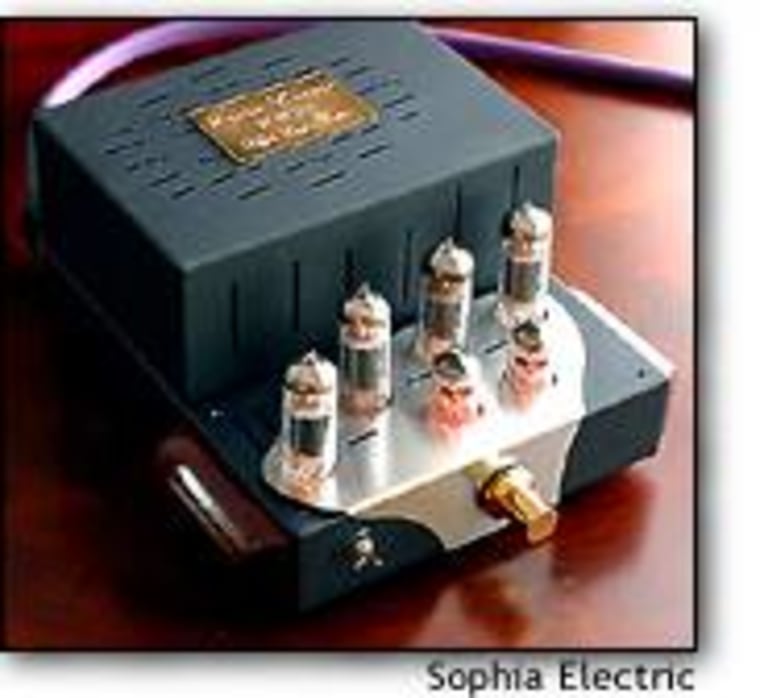
Sophia Electric’s Baby: That’s their name, not mine. This little beauty is heavy and small. It uses 4 specially-treated Soviet Military 6P1T tubes - and provides you with 10 of the most heavenly Class A watts you’ve ever heard. Despite the company’s claims, I couldn’t get the 88db DeVore to play very loud, but what sound did come out was beautiful. If you’re considering very efficient speakers (horns, for instance) you should go out of your way to hear what this $899 amp can do.
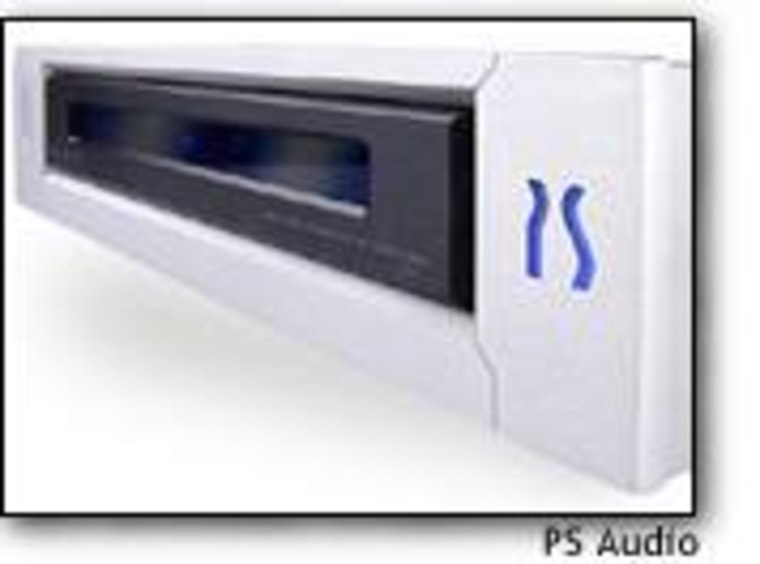
PS Audio’s HCA-2: You may have read about this in some of the hi-fi specialty magazines. It is light in weight (35 pounds), but the unique, heavy-duty circuitry produces 150 beautiful sounding watts per channel and it never, ever breaks a sweat. It always remains cool to the touch on the outside. This is one of the most neutral sounding amps that I’ve ever auditioned; it produces bass that has to be heard to be believed. Worth every penny of its $1,695 asking price.
I heard the HCA-2 with the matching PCA-2 control amplifier ($1,995) back at the Consumer Electronics Show in January. It sounded fantastic in the listening room with other speakers. But after waiting months and months to audition one at home I gave up. Still, I wanted to hear what a modern-day pre-amp would sound like in the system, however, which led me to ...
Conrad Johnson PV14L Series 2: Wow! This is a beautiful device. Seven inputs, improved components in the circuits and this preamplifier sounds like it costs a lot more than you actually have to pay for it.
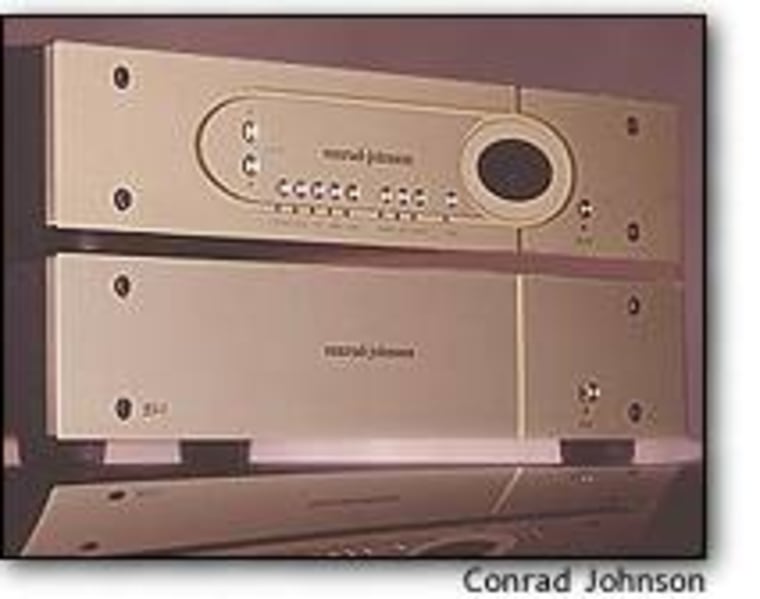
Give this baby some time to break-in and you’re rewarded with the smoothest and crispest sound I’ve ever heard from a tube unit. The PV-14L Series 2 ($2,395) always sounds musical and it reproduces a pretty credible soundstage with the DeVores. Highly recommended — and a good match with the HCA-2 above and also Conrad Johnson’s MV-60 amps. Plus, and this is a big plus, there’s a remote control for both the volume and to select what input you’re listening to. That’s worth the price of admission all by itself.
Sugden A21a: So, I knew the speakers sound great with low power amps — and also sound great with transistor amps (the HCA-2 and a terrific Pass Labs Aleph 2 I’ve had a chance to audition) but there was another amp that I remembered reading about. An integrated amp (it has the controls and power sections inside the same box) that has been in production for more than 30 years. Handmade. In England. Output is a whopping 25 Class A watts per channel. I had a hunch it might be a perfect match. I got hold of the U.S. importer, George Stanwick of Stanalog Audio Imports and asked if I could audition a Sugden. He agreed.
I wasn’t expecting what I heard when I plugged it in. I wasn’t expecting smooth, extended highs, sweet midrange for accurate sounding voices, depth-defying bass and the deepest, widest soundstage I’ve ever experienced from any piece of electronic gear. Ever. Not only could you make out all the location of all the instruments on a recording, but you could also hear where they were located from side-to-side and front-to-back and you could hear where the back of the recording location ends.
I immediately called John DeVore. “You gotta hear what this sounds like,” I kept repeating. After hearing me say this over and over he came to hear what I was raving about. He just sat and listened. And listened. You get the idea. By the end of the night, he agreed that if you had only $5,000 to spend, a pair of his Gibbon 8s and a Sugden A21a were probably the way to go.
As for price, the A21a comes in three different configurations: The A21aP is just the power amplifier; it retails for $1,295. With the control section inside, it’s the A21aL (for line amp) and sells for $1,595. And if you use turntables, the A21aI (for integrated amp with phono section) sells for $1,795. I’ve auditioned an “L” and an “I” and they both sound really great. The phono section actually makes my Sumiko Blue Point phono cartridge (the thing with the needle on a turntable) sound amazingly smooth and dynamic (a stupendous feat).
You owe it to yourself to hear what near perfection for under $5,000 sounds like. Some DeVore dealers also carry Sugden products. I wonder if they’ve tried them together. If they haven’t done so yet it’s their loss. Go out of your way and make them do so - so you can listen.
One last note: I’m so in love with the Sugden that I’ve purchased two vintage A21s: an A21 Mark II (12 Class A watts per channel - nearly 98 percent of the same amazing Sugden sound from a 30-plus year old amp) and an A21 Mark III (25 Class AB watts per channel, fantastic for a 25-year-old amp).
INPUT DEVICES Sony C555ES: This is a 5-disk CD/SACD deck. Unfortunately, it was just discontinued. Fortunately, there are a whole bunch of them left to go around. For $800, you get one of the greatest sounding CD players ever. And, you get a player that handles SACDs with aplomb. I also auditioned Sony’s top-of-the-line, $3,000 CD/SACD box XA777ES. I found it brutally bright on the Sugden/DeVore combination (only tamed by a pair of $500 PS Audio interconnects). Save your money. Buy a ’555 and have years of enjoyment.
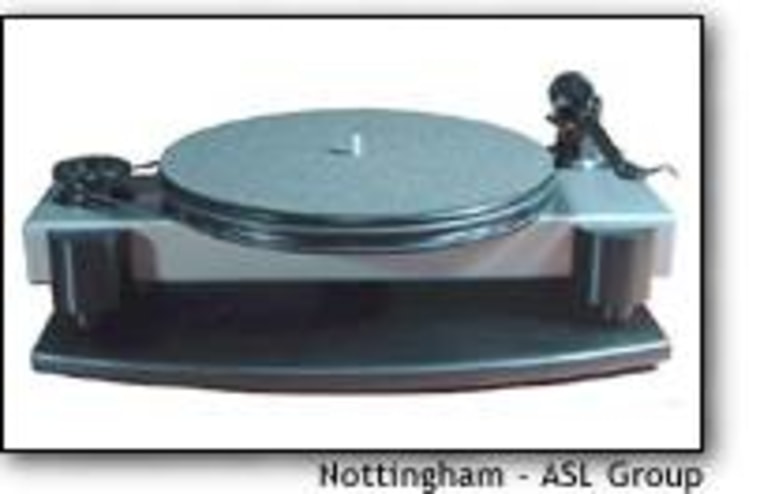
Nottingham’s Horizon Turntable/Grado Statement Sonata: As beautiful sounding as it is beautiful to look at. As a basic turntable it sells for $800. For an extra $200 it comes with a Rega 250 tonearm (the tonearm is what holds the phono cartridge, which in turn operates the needle). What an incredible combination. With neutral-sounding, clean, smooth highs and capable of reproducing substantial bass, the least expensive of Nottingham’s turntables is a winner.
I tested it with Grado’s Sonata phono cartridge ($500), a low-output device from their Statement series, along with Grado’s phono pre-pre-amplifier ($500) with great results. Best sounding turntable/tonearm/cartridge combination I’ve ever heard in my listening room.
FM TUNERS They don’t make them like they used to — and that’s if they make them at all. New, affordable separate FM tuners are hard to come by, even on the high-end. Your best bet is to find a used model from the 1970s, on eBay or elsewhere. These old-timers can cost as little as $50 to $100 and are better than almost anything new you can buy now. (Really high-end tuners from this era, if you can find them at all, usually sell for more like $1,000 or more.)
In my case, I own one particular FM tuner that I bought 10 to 15 years ago after reading a very favorable review by tuner maven Don Scott. When he’s not writing reviews for The Audiophile Voice magazine, Scott finds time to offer advice on how to find great-sounding tuners, particularly terrific ones that were made 20, 30 and even 40 years ago. So, I asked him to look at my decades-old tuner. He said a prayer or two, waved a magic wand — and now this thing sounds better than great. After he was through with it, the sound quality was right up there with a good turntable or CD player. It reminded me that good ‘ol FM can sound like real music.
INTERCONNECTS I’m not a big fan of spending thousands upon thousands of dollars on expensive cables and wires. They’re really just costly tone controls; each brand and model sounds different from the next. Case in point: While the PS Audio cable worked wonders on the overly-strident Sony 777 mentioned above, it didn’t do as well on other things, such as the FM tuner.
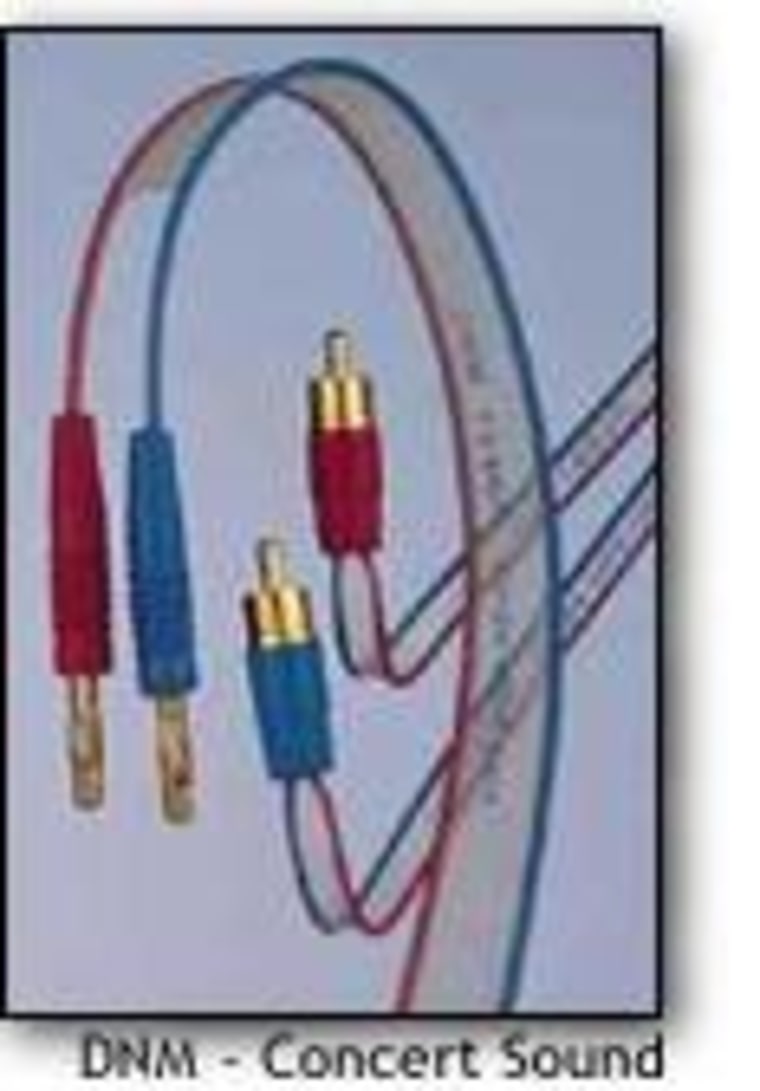
That brings me to DNM’s solid-core cables. Some 20 years ago I had an interconnect custom made for me and it sounded and still sounds amazingly good. Luckily, you can still get them made for you here in the States. With the latest advances, they sound even better.
What you need to do is contact Creston Funk at Concert Sound in San Antonio, Texas. He’s the U.S. importer of DNM from England. They look deceivingly simple, but boy do they sound amazingly good, especially in this system.
DNM interconnects cost $125 for a 1 meter long pair. That includes Eichmann Bullet Plugs on both ends. Four of these specially constructed RCA plugs sell for $50 alone. The DNM speaker wire sells for $4/ft plus $32 to terminate with banana plugs.
Put all of this together and you get a system of great depth and magnitude, one that just sounds absolutely right.
Of course, there are still lots of components out there worth listening to. I’ve only scratched the surface; it’s up to you to get out there and listen. I hope I’ve raised the bar high enough so that you spend your time listening to the best.